
TL;DR: Today we’re releasing a new episode of our podcast AI & I. I go in depth with Nathaniel Whittemore, the host of The AI Daily Brief, a top-ranked AI podcast, and the founder of Superintelligent, a platform that teaches you how to use AI tools through video tutorials. We dive into how he keeps up with the developments in AI and his podcasting workflow. Watch on X or YouTube, or listen on Spotify or Apple Podcasts.
Keeping up with AI is Nathaniel Whittemore’s full-time job—and I spent an hour with him to understand how he does it.
Nathaniel is the host of a top-ranked AI podcast on the technology charts, The AI Daily Brief, which breaks down the most important news in AI every day. He is also the founder and CEO of Superintelligent, a platform that teaches you how to use AI for work and fun through interactive video tutorials.
We talked about how he curates information with X bookmarks, Google News, news aggregator Feedly, and research tool Perplexity; the workflow that helps him record and produce two daily podcasts; and why he thinks optimizing your processes with AI remains one of its most underrated applications. Here’s a link to the transcript of this episode.
This is a must-watch for anyone looking for a better way to keep up with AI, and content creators who want to leverage it in their workflow. If you'd like to read the top takeaways from the episode, become a paid subscriber to Every to learn about:
- How to curates AI news using X bookmarks, Google News, Perplexity, and other specialized tools
- Nathaniel’s insights from producing 300-plus episodes of a top-ranked podcast
- The granular details of the workflow that helps Nathaniel produce two daily podcasts
- Actionable advice on how to get the most out of AI right now
The Only Subscription
You Need to
Stay at the
Edge of AI
The essential toolkit for those shaping the future
"This might be the best value you
can get from an AI subscription."
- Jay S.
Join 100,000+ leaders, builders, and innovators

Email address
Already have an account? Sign in
What is included in a subscription?
Daily insights from AI pioneers + early access to powerful AI tools

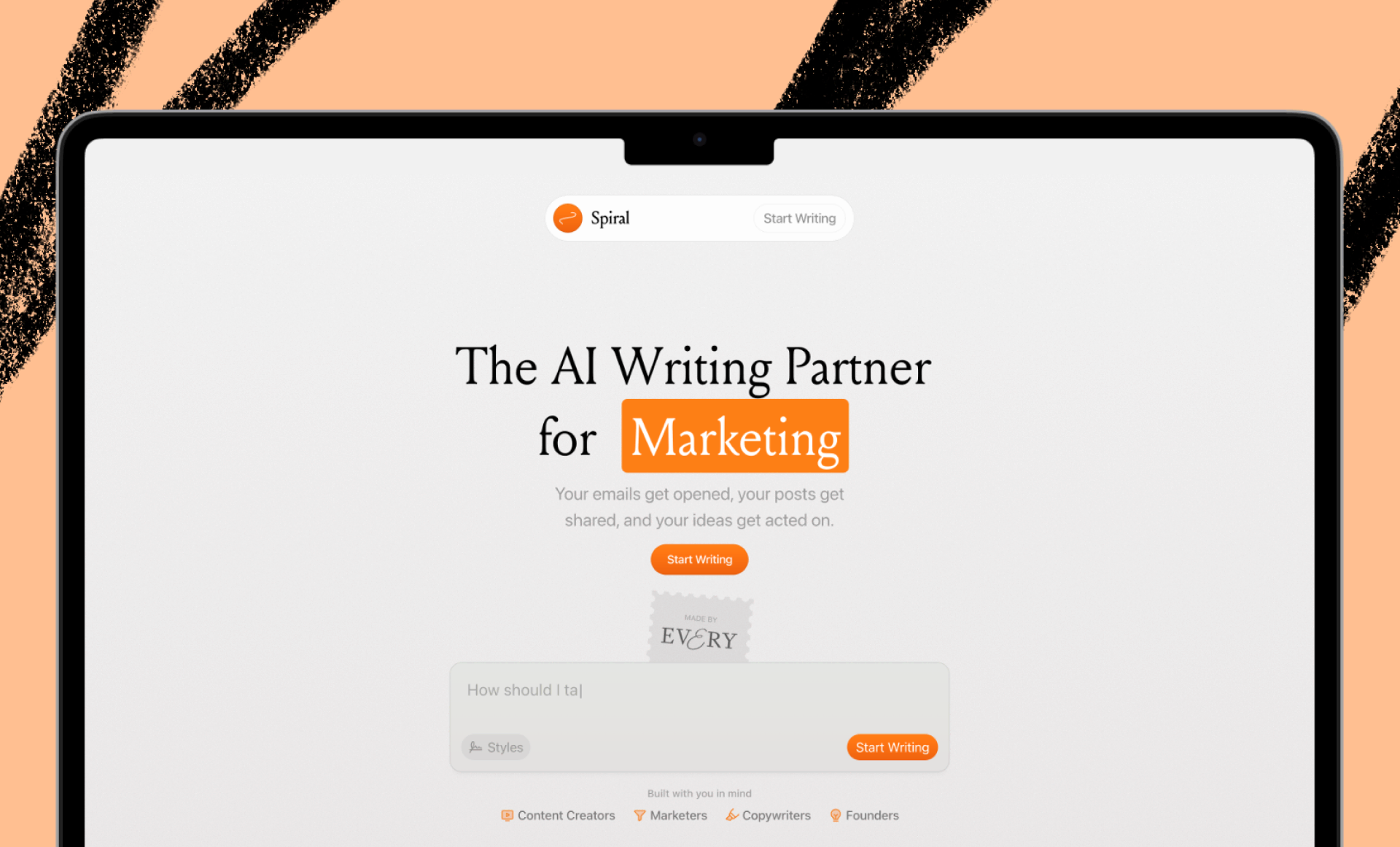
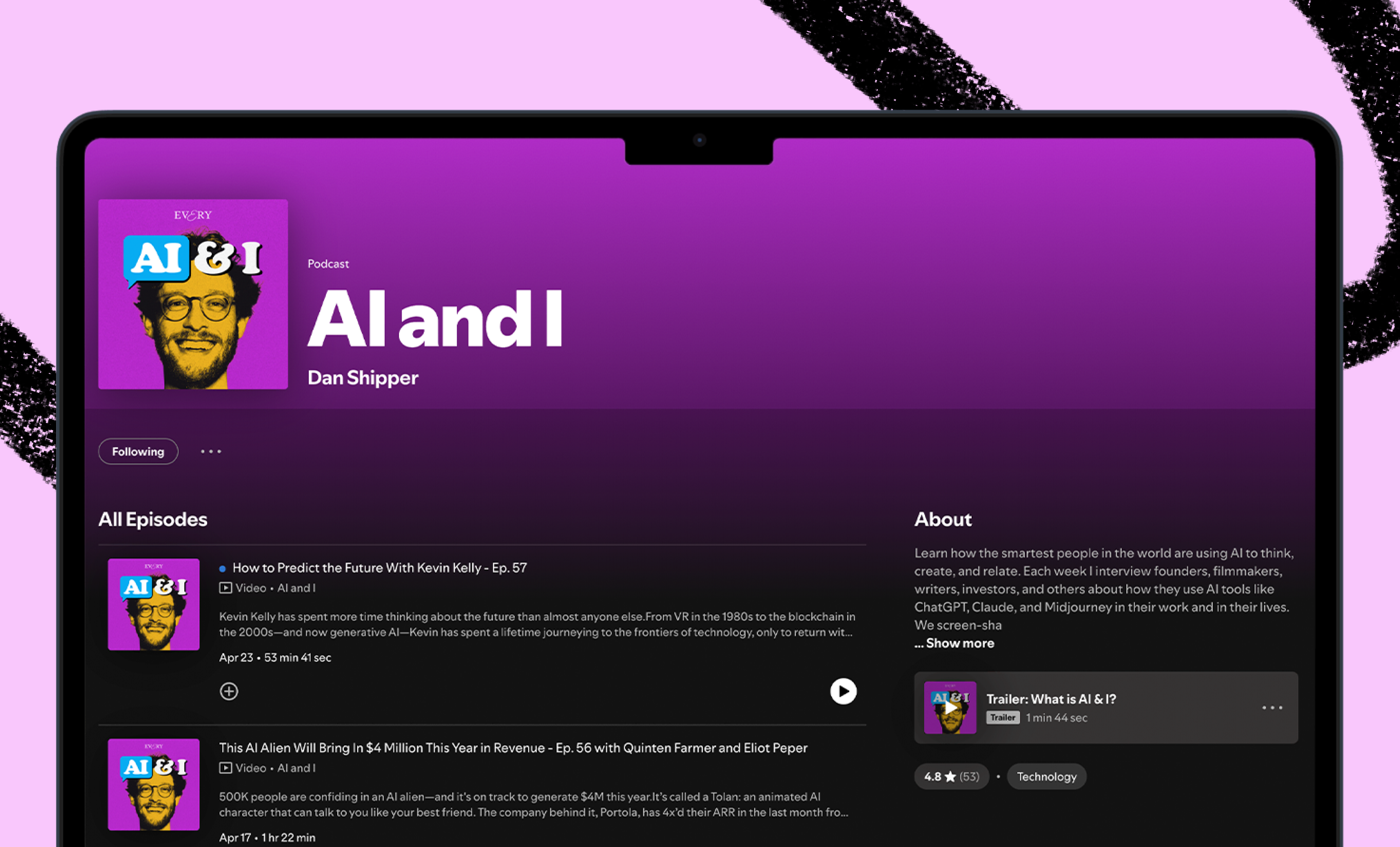
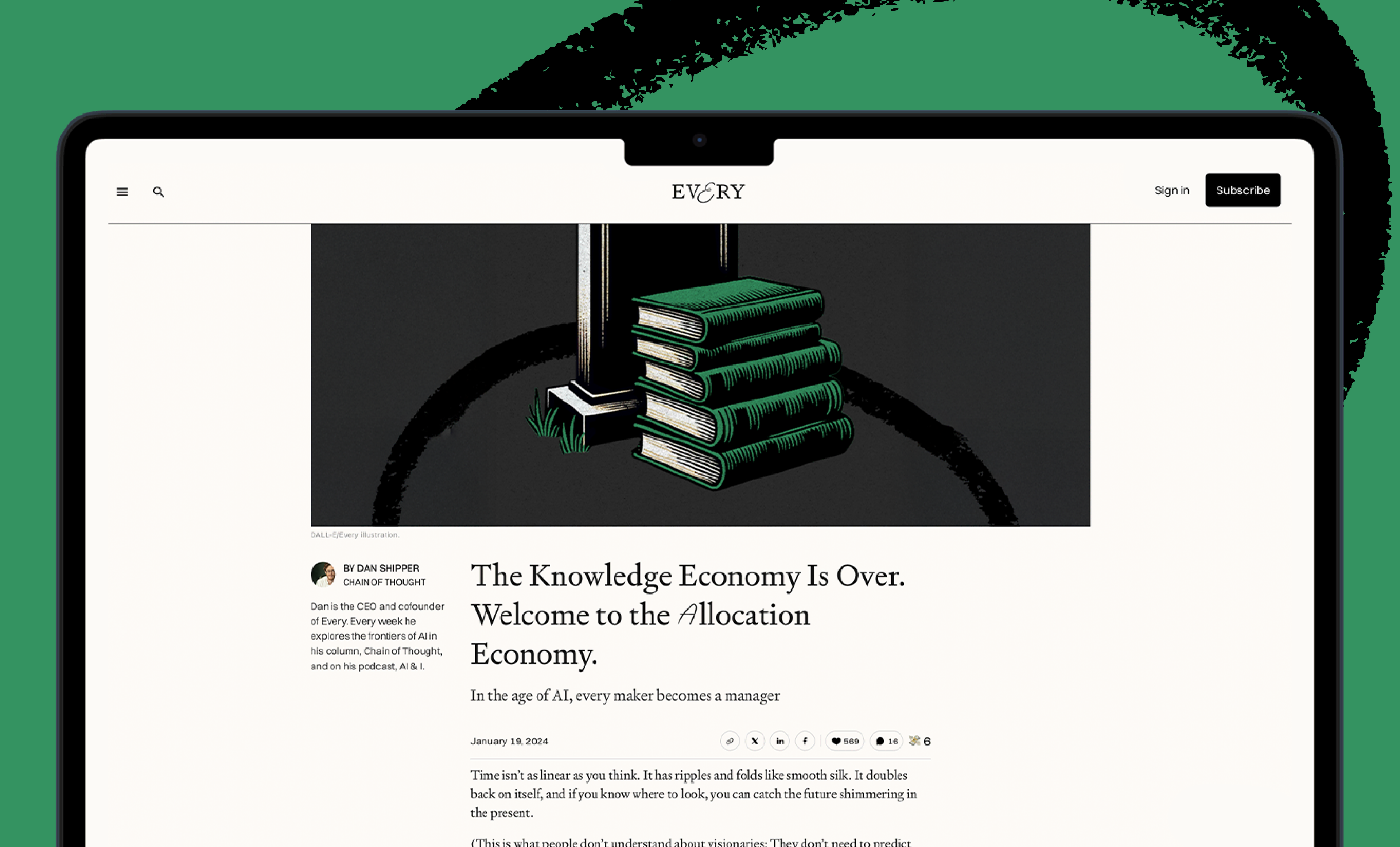
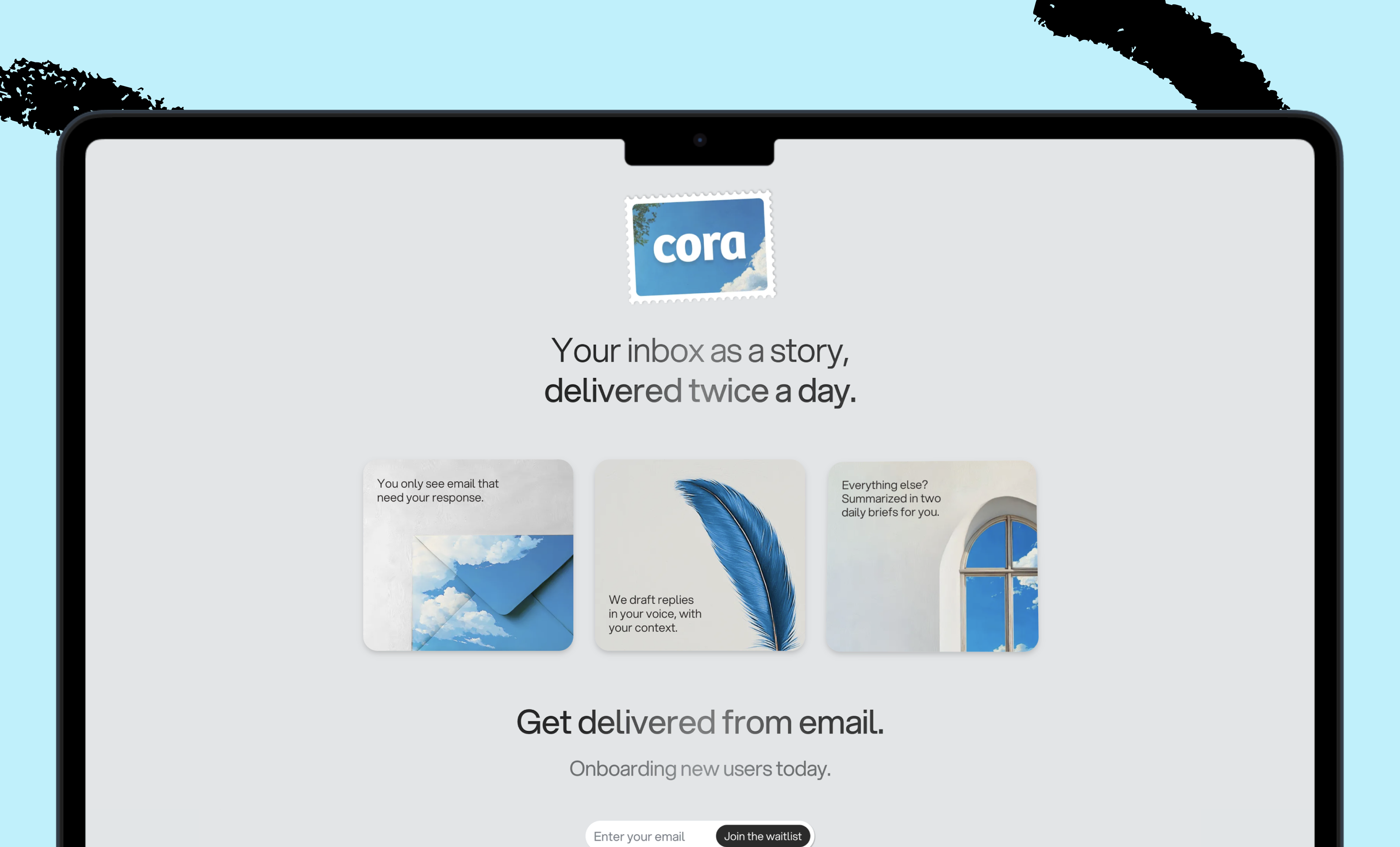
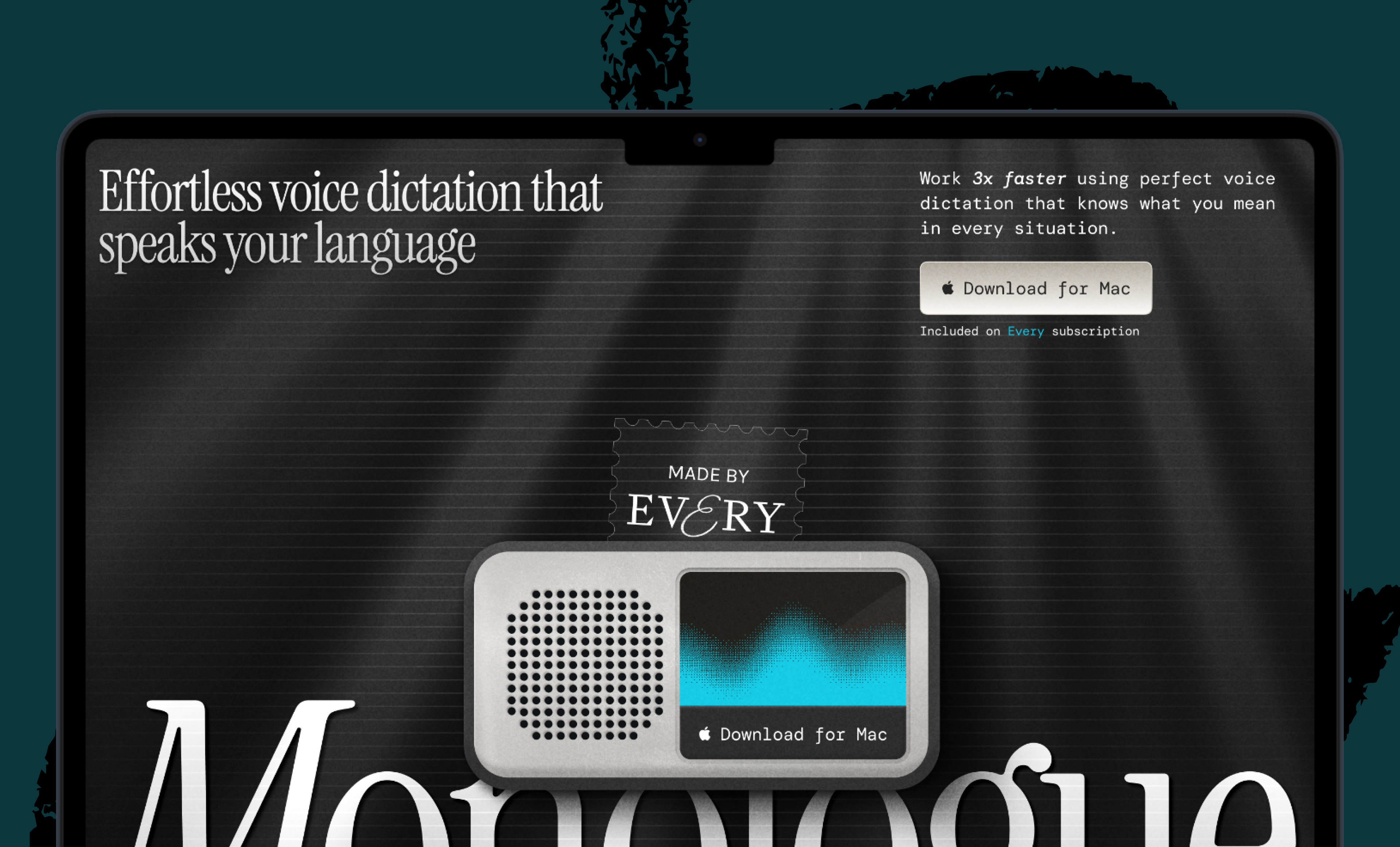
.png)

